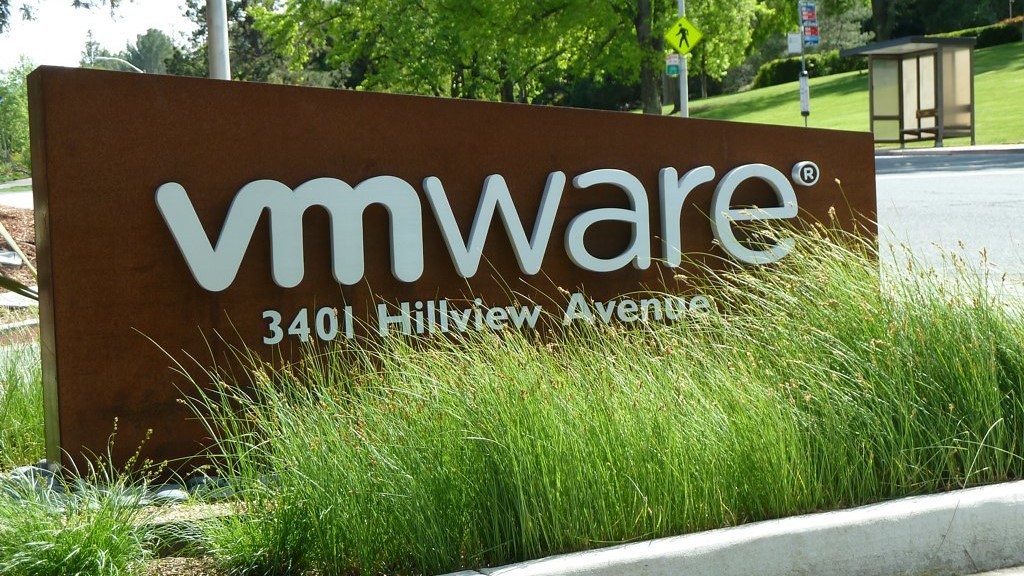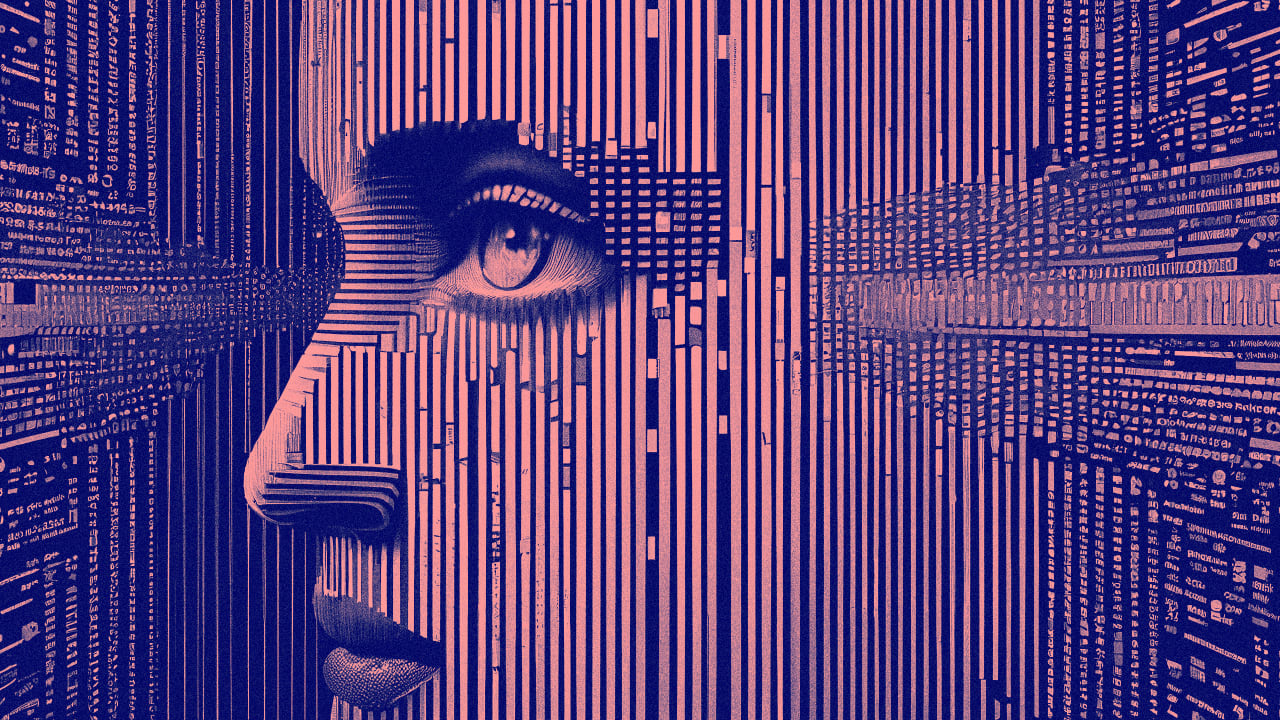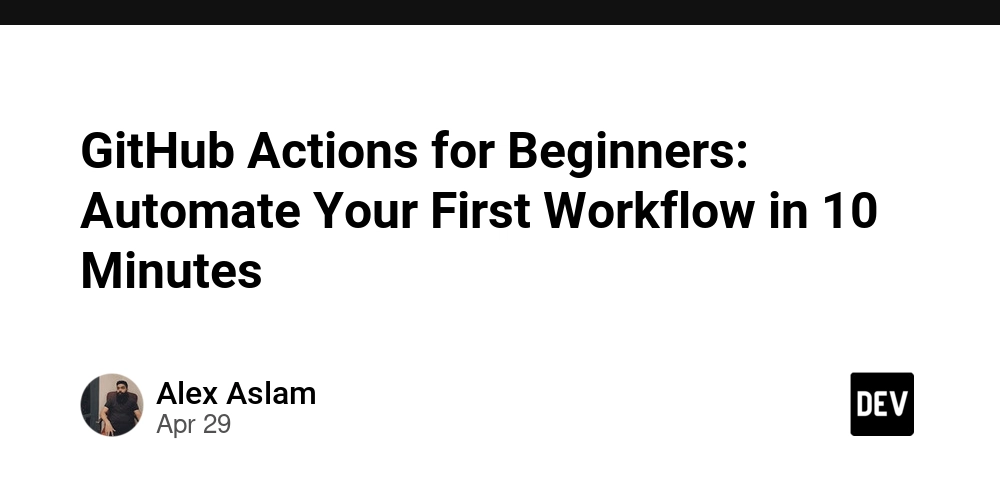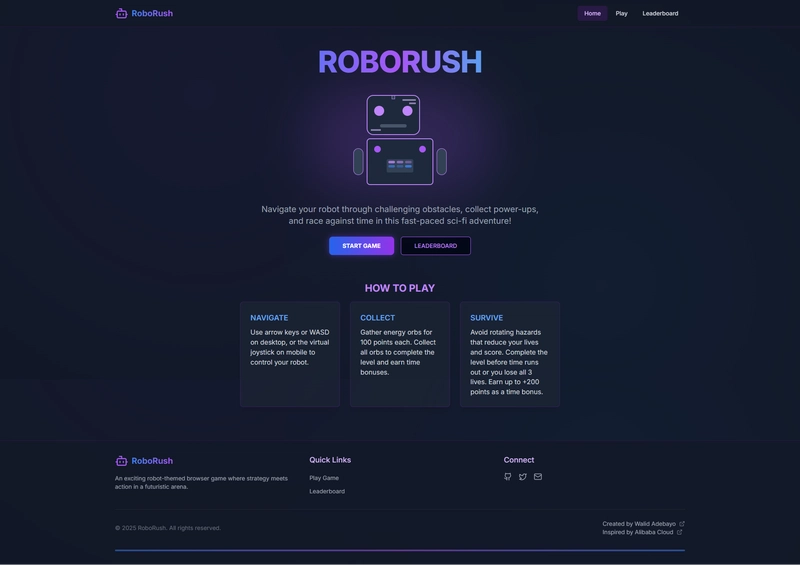Unlocking the Future: Open Source Funding for Scientific and Blockchain Research
Abstract This post explores the revolutionary models behind open source funding for scientific research and blockchain research funding. By blending technology, community engagement, and decentralized finance, these new funding paradigms offer innovative ways to support research projects that traditional funding methods often overlook. We dive into the history, core concepts, real-world use cases, challenges, and promising future trends—including smart contracts, tokenization, and DAOs—that are reshaping the research landscape. Ultimately, this post explains how these approaches ensure transparency, sustainability, and global collaboration in the scientific and technological domains. Introduction As technology evolves, so do funding models. Traditional financing—government grants, venture capital, and corporate sponsorships—has fueled many breakthroughs. However, limitations such as rigid criteria and slow bureaucratic processes often hinder revolutionary research. Today, innovative approaches like open source funding for scientific research and blockchain research funding are emerging as game changers. These models democratize access to capital, foster community collaboration, and employ technology for unparalleled financial transparency. This post extends insights from the original article, Unlocking the Future: Open Source Funding for Scientific Research and Blockchain Research, by exploring new elements within these paradigms. We will also incorporate additional semantically similar information, expert viewpoints, and a review of practical applications to provide a comprehensive outlook on the future of research funding. Background and Context Historically, scientific and technological innovations have relied on well-established financial mechanisms. Government grants like those from the U.S. National Science Foundation or Europe's Horizon 2020 and private investments have driven significant advances. However, these traditional channels are often limited by strict criteria, political influence, and long approval cycles. Open source funding emerged from communities that champion collaborative problem solving and transparency. Initially a mechanism for developers and academic researchers, it has grown to support projects in digital innovation, medical research, renewable energy, and other fields. Its roots lie in digital platforms that allow contributors from across the world to join forces, pool resources, and share knowledge. Similarly, blockchain research funding is built on the technology’s inherent capabilities. With its decentralized ledger technology, blockchain allows for immutable records, secure transactions, and automated fund releases through smart contracts. This framework not only minimizes intermediaries but also creates trust among global stakeholders. Blockchain research frequently tackles challenges such as scalability, interoperability, and security, all while ensuring every transaction is transparently recorded. Both funding approaches now coexist within a broader ecosystem: Crowdfunding Platforms: Researchers present proposals to a global audience seeking direct contributions. Decentralized Funding Mechanisms: Utilizing blockchain for automated, milestone-driven fund disbursement. Hybrid Approaches: Combining public–private partnerships with tokenized investments. Below is a table summarizing the key funding channels available in today’s research ecosystem: Funding Channel Characteristics Examples/Platforms Government Grants Rigorous selection, long timelines, regulated funding EU Horizon 2020, U.S. NSF Private/Venture Capital Focused on commercial returns and scalability Various VC funds, corporate consortia Crowdfunding Platforms Democratized decision-making, direct public engagement Experiment Decentralized Funding (Blockchain) Automated smart contracts, transparent, immutable records DAOs, token-based funding projects Hybrid Sponsorship & Partnerships Flexible, combines traditional and innovative funding approaches Academic-industry collaborations, corporate sponsorships This evolution reflects a broader paradigm shift embracing decentralization, enhanced transparency, and global collaboration—all of which empower researchers with the freedom to innovate. Core Concepts and Features At the heart of these funding models lie a few key concepts that make them distinct yet complementary: Open Source Funding Crowdsourced Financial Support: Researchers can leverage digital platforms to secure funding from a global pool of supporters. This model supports projects that might be deemed too risky for traditional funding sources. Community Collaboration: Open source projects thrive on community contributions where peer review and transparent progress tracking bolster the quality of research. Collaboration is not behind closed doors—every idea and update is shared publicly. Sustainable Reve

Abstract
This post explores the revolutionary models behind open source funding for scientific research and blockchain research funding. By blending technology, community engagement, and decentralized finance, these new funding paradigms offer innovative ways to support research projects that traditional funding methods often overlook. We dive into the history, core concepts, real-world use cases, challenges, and promising future trends—including smart contracts, tokenization, and DAOs—that are reshaping the research landscape. Ultimately, this post explains how these approaches ensure transparency, sustainability, and global collaboration in the scientific and technological domains.
Introduction
As technology evolves, so do funding models. Traditional financing—government grants, venture capital, and corporate sponsorships—has fueled many breakthroughs. However, limitations such as rigid criteria and slow bureaucratic processes often hinder revolutionary research. Today, innovative approaches like open source funding for scientific research and blockchain research funding are emerging as game changers. These models democratize access to capital, foster community collaboration, and employ technology for unparalleled financial transparency.
This post extends insights from the original article, Unlocking the Future: Open Source Funding for Scientific Research and Blockchain Research, by exploring new elements within these paradigms. We will also incorporate additional semantically similar information, expert viewpoints, and a review of practical applications to provide a comprehensive outlook on the future of research funding.
Background and Context
Historically, scientific and technological innovations have relied on well-established financial mechanisms. Government grants like those from the U.S. National Science Foundation or Europe's Horizon 2020 and private investments have driven significant advances. However, these traditional channels are often limited by strict criteria, political influence, and long approval cycles.
Open source funding emerged from communities that champion collaborative problem solving and transparency. Initially a mechanism for developers and academic researchers, it has grown to support projects in digital innovation, medical research, renewable energy, and other fields. Its roots lie in digital platforms that allow contributors from across the world to join forces, pool resources, and share knowledge.
Similarly, blockchain research funding is built on the technology’s inherent capabilities. With its decentralized ledger technology, blockchain allows for immutable records, secure transactions, and automated fund releases through smart contracts. This framework not only minimizes intermediaries but also creates trust among global stakeholders. Blockchain research frequently tackles challenges such as scalability, interoperability, and security, all while ensuring every transaction is transparently recorded.
Both funding approaches now coexist within a broader ecosystem:
- Crowdfunding Platforms: Researchers present proposals to a global audience seeking direct contributions.
- Decentralized Funding Mechanisms: Utilizing blockchain for automated, milestone-driven fund disbursement.
- Hybrid Approaches: Combining public–private partnerships with tokenized investments.
Below is a table summarizing the key funding channels available in today’s research ecosystem:
| Funding Channel | Characteristics | Examples/Platforms |
|---|---|---|
| Government Grants | Rigorous selection, long timelines, regulated funding | EU Horizon 2020, U.S. NSF |
| Private/Venture Capital | Focused on commercial returns and scalability | Various VC funds, corporate consortia |
| Crowdfunding Platforms | Democratized decision-making, direct public engagement | Experiment |
| Decentralized Funding (Blockchain) | Automated smart contracts, transparent, immutable records | DAOs, token-based funding projects |
| Hybrid Sponsorship & Partnerships | Flexible, combines traditional and innovative funding approaches | Academic-industry collaborations, corporate sponsorships |
This evolution reflects a broader paradigm shift embracing decentralization, enhanced transparency, and global collaboration—all of which empower researchers with the freedom to innovate.
Core Concepts and Features
At the heart of these funding models lie a few key concepts that make them distinct yet complementary:
Open Source Funding
Crowdsourced Financial Support:
Researchers can leverage digital platforms to secure funding from a global pool of supporters. This model supports projects that might be deemed too risky for traditional funding sources.Community Collaboration:
Open source projects thrive on community contributions where peer review and transparent progress tracking bolster the quality of research. Collaboration is not behind closed doors—every idea and update is shared publicly.Sustainable Revenue Models:
Combining recurring donations, sponsorship programs, and even tokenization ensures that projects have diversified revenue channels. Notably, platforms like Gitcoin use token-based systems to align contributor incentives with project success.Transparent Licensing and Governance:
Governed by licenses such as the GPL or MIT License, open source projects ensure that all contributors have equal rights and the research remains accessible to all. For a contrasting view, check The Downside of Apache License and Why I Never Would Use It.Peer Review and Accountability:
Community-driven oversight ensures that resources are managed responsibly, fostering both innovation and accountability.
Blockchain Research Funding
Decentralization:
By eliminating central points of failure and intermediaries, blockchain systems create trustless ecosystems where every fund transaction is verifiable.Smart Contract Automation:
Smart contracts enforce funding conditions automatically. Funds are released only when predefined milestones are achieved, ensuring contributors that investments serve their intended purpose.Immutable Records:
Each transaction is permanently logged, offering complete transparency and a rigorous audit trail that discourages fraud.Tokenization of Research Assets:
Projects can issue digital tokens representing equity or revenue-sharing rights. This mechanism opens up innovative ways of investing in scientific endeavors.Global Participation:
Blockchain platforms remove geographical barriers, inviting contributions from a worldwide network of experts and enthusiasts alike.
Overlapping Features
Both funding paradigms share several hallmark traits:
- Transparency: Published progress reports and immutable records boost stakeholder trust.
- Decentralized Governance: Community input is pivotal, whether through open-source pull requests or DAO voting mechanisms.
- Sustainable Revenue Models: Diversification of funding streams minimizes financial risks.
- Innovation Through Autonomy: Removing centralized control allows individuals or small groups to experiment and bring novel ideas to life.
Key overlapping features in bullet form:
- Transparency in fund allocation and progress reporting.
- Community-driven support that fosters global collaboration.
- Automated processes ensuring reliability with smart contracts.
- Sustainable funding through diversified revenue sources.
Applications and Use Cases
Real-world applications illustrate how open source and blockchain funding models are transforming the research landscape.
Use Case 1: Crowdsourced Scientific Research
Consider a project dedicated to developing a low-cost diagnostic tool for underserved regions. Using open source funding:
- Researchers publish detailed proposals with clear milestones.
- Global backers contribute funds via crowdfunding platforms.
- Ongoing development, collaboration, and updates are shared openly.
This model not only secures financial backing but also builds a vibrant community around the technology. Such initiatives have significantly advanced fields such as medical diagnostics, renewable energy, and environmental monitoring.
Use Case 2: Decentralized Blockchain Funding for Tech Innovation
Blockchain projects face challenges like network scalability and secure data handling. A leading example involves a blockchain-based platform designed to enhance supply chain management:
- The project initiates a token sale where contributors receive tokens representing a stake in the platform.
- Smart contracts automatically release funds based on pre-set development milestones.
- Every fund flow and decision is recorded immutably on the blockchain.
This decentralized funding approach has enabled rapid innovation in blockchain scalability and secure data sharing. Such models reduce reliance on traditional venture capital, drawing in a more diverse pool of global participants.
Use Case 3: Integrating NFTs and Open Source Funding
NFTs (Non-Fungible Tokens) are now being used to monetize unique research assets and art:
- Projects issue limited-edition NFTs that represent exclusive scientific data visualizations.
- The sale of these NFTs provides immediate funding while engaging the community.
- NFT holders enjoy unique benefits like early access to research updates and participation in governance decisions.
As illustrated by projects like the World of Women NFT Collection, this hybrid model has sparked interest in digital art and research collaboration simultaneously.
Below is a summary table of these use cases:
| Use Case | Funding Method | Key Benefits | Real-World Example |
|---|---|---|---|
| Crowdsourced Scientific Research | Open source crowdfunding | Direct public engagement, agile funding | Low-cost diagnostic devices for remote communities |
| Decentralized Blockchain Funding | Token-based funding | Transparent automated milestone releases | Supply chain management platforms using token sales and smart contracts |
| Integrating NFTs with Funding | NFT sales and sponsorship | Unique asset generation, secure funding | Digital art projects and scientific visualizations via NFT platforms |
Challenges and Limitations
While the promise of these innovative funding models is significant, several challenges remain.
Technical Challenges
Integration Complexity:
Melding blockchain technology with established funding processes requires advanced software integration and thorough smart contract testing. A single vulnerability can lead to irreversible financial losses.Scalability Issues:
As the number of transactions increases, blockchain networks may face congestion, leading to higher transaction fees and slower processing times. Although upgrades like layer-2 solutions are emerging, scalability continues to be a barrier.Security and Privacy Concerns:
Public blockchains offer transparency, but this can reveal sensitive research data. Robust encryption and privacy protocols must be implemented to safeguard research while retaining transparency.Licensing and Governance Complications:
Complex intellectual property and contribution recognition issues may arise, especially in open source communities. Disputes regarding the proper use of licenses are not uncommon, as discussed in The Downside of Apache License and Why I Never Would Use It.
Social and Adoption Barriers
Funding Volatility:
Open source funding is often unpredictable and subject to changing donor sentiments. Long-term projects may struggle without steady contributions.Market Perception and Skepticism:
Negative media coverage or past funding failures might discourage potential backers. Blockchain, in particular, is sometimes associated with high volatility and speculative investments.Resource Allocation and Management:
Efficiently managing funds from diverse sources requires substantial administrative skills. Fragmentation across multiple platforms can reduce overall financial impact.Regulatory Uncertainty:
Blockchain funding often dwells in areas where regulatory frameworks are still evolving. Fluctuating regulations can deter long-term investments.
Principal challenges in bullet form:
- Integration complexity across legacy systems and new blockchain platforms.
- Scalability and congestion concerns in blockchain networks.
- Security and privacy risks in publicly auditable systems.
- Funding volatility impacting long-term research stability.
- Regulatory uncertainty complicating decentralized funding adoption.
For further insights into security measures that balance transparency with robust protection, check Firefox Data Sharing & Privacy.
Future Outlook and Innovations
Despite these challenges, the future of research funding through open source and blockchain looks bright.
Emerging Trends
Enhanced Smart Contract Functionality:
Next-generation smart contracts are expected to feature advanced security, scalability, and even adaptive capabilities using artificial intelligence. These improvements will further automate and safeguard funding releases.Tokenization and NFT Integration:
The trend toward tokenizing research assets will continue, allowing for diverse revenue models that blend digital ownership of intellectual property with community-driven funding strategies.Decentralized Autonomous Organizations (DAOs):
DAOs will empower communities to govern funding decisions democratically. With token-based voting and reputation systems, contributors can shape project trajectories directly.Interoperability Between Platforms:
Future innovations may enable traditional grants, crowdfunding, and blockchain funding to work together seamlessly. This hybrid framework will leverage the strengths of each model, ensuring that funding remains resilient and adaptable.
Innovations on the Horizon
Improved Data Privacy Protocols:
Research funding platforms will innovate with state-of-the-art privacy measures, ensuring sensitive data remains secure while still providing comprehensive public audits.Advanced Governance Frameworks:
The development of reputation-based or tokenized voting systems will streamline oversight, reducing managerial overhead and increasing community trust.Integration of Artificial Intelligence:
AI can aid in smarter funding allocations by analyzing project data in real time, identifying promising opportunities, and predicting potential pitfalls.Sustainable Economic Models:
Combining recurring micro-donations, dynamic token economies, and incentivized contributions will create a self-sustaining environment that continuously supports research, particularly in emerging fields.
For more insights on innovative funding strategies and decentralized governance, see How to sponsor Open Source Projects on GitHub: A Comprehensive Guide and Open Source Funding: A New Era of Opportunities.
Summary
In summary, the landscape of research funding is undergoing a transformative shift. Open source funding and blockchain research funding offer dynamic, transparent, and community-driven financial models that could well be the future of both scientific inquiry and technological innovation. These models liberate researchers from the constraints imposed by traditional funding channels, fueling global collaboration and democratizing access to capital.
While there are significant technical, social, and regulatory challenges to be addressed, ongoing innovations—such as enhanced smart contracts, tokenization, and decentralized governance—promise to overcome these hurdles. As we navigate this evolving ecosystem, embracing these emerging funding paradigms is essential for a resilient and inclusive research environment.
The integration of blockchain and open source principles not only ensures that funds are used responsibly through automated processes and immutable records but also fosters a culture of open collaboration and shared success. By combining the flexibility of crowdsourced funding with the security of decentralized technologies, researchers worldwide can unlock new opportunities to drive breakthrough innovations.
Ultimately, this blended approach may redefine how we support innovation, creating an ecosystem where every project—from low-cost medical diagnostics to cutting-edge blockchain research—can flourish. For further reading on the topic, donors and innovators are encouraged to explore additional resources such as Copyleft Licenses Ultimate Guide and relevant Dev.to posts like Blockchain’s Transformative Influence on Open Source Transparency.
As we look forward, it is clear that the convergence of open source transparency and decentralized funding will fuel the next wave of technological breakthroughs—making research more accessible, resilient, and innovative than ever before.
By embracing these emerging funding paradigms, academia, industry, and policymakers can work together to ensure that the future of research is built on principles of transparency, collaboration, and sustainability. The time is ripe for innovative funding models to unlock a future of endless possibilities.
Happy innovating!









































































































































































![[The AI Show Episode 146]: Rise of “AI-First” Companies, AI Job Disruption, GPT-4o Update Gets Rolled Back, How Big Consulting Firms Use AI, and Meta AI App](https://www.marketingaiinstitute.com/hubfs/ep%20146%20cover.png)









































































































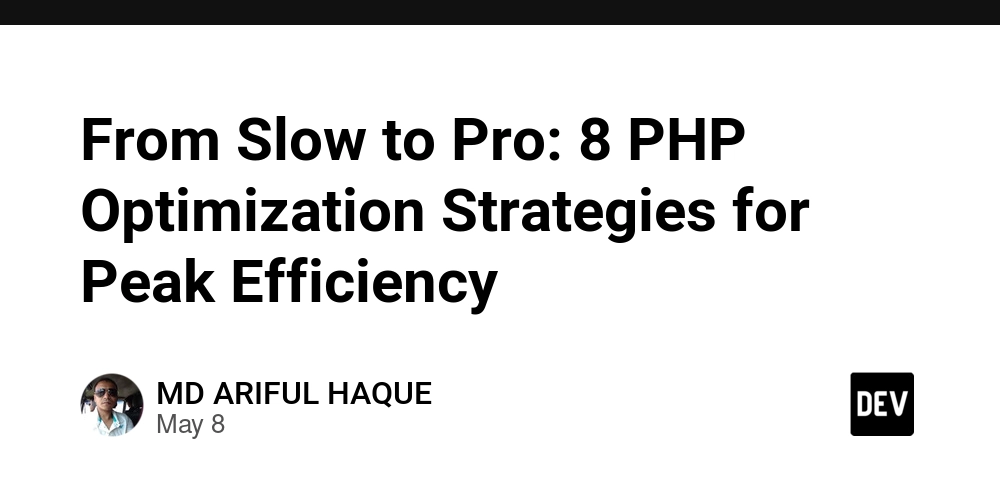
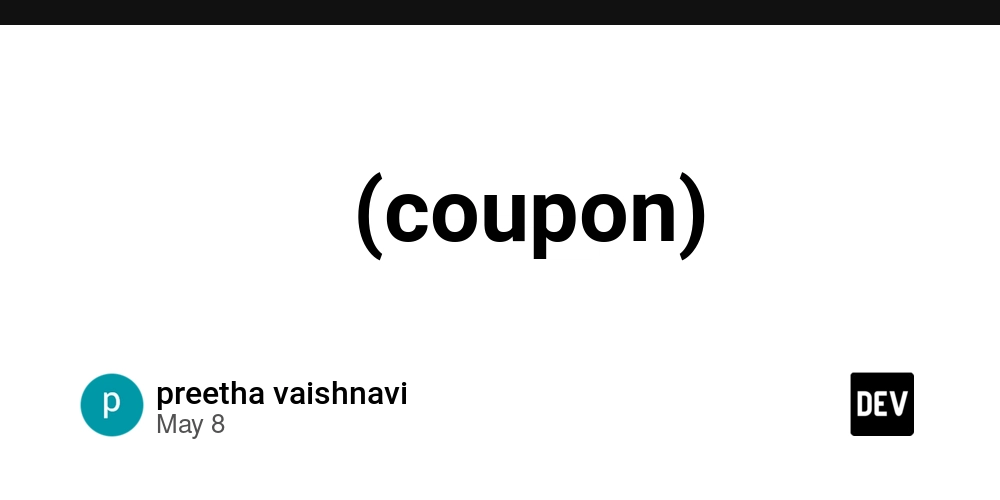
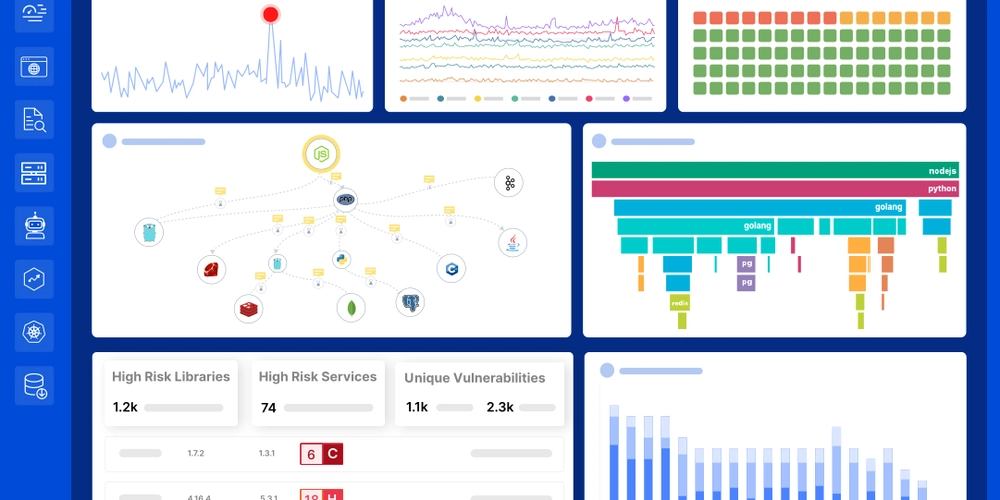













![[DEALS] The Premium Python Programming PCEP Certification Prep Bundle (67% off) & Other Deals Up To 98% Off – Offers End Soon!](https://www.javacodegeeks.com/wp-content/uploads/2012/12/jcg-logo.jpg)























































































































































































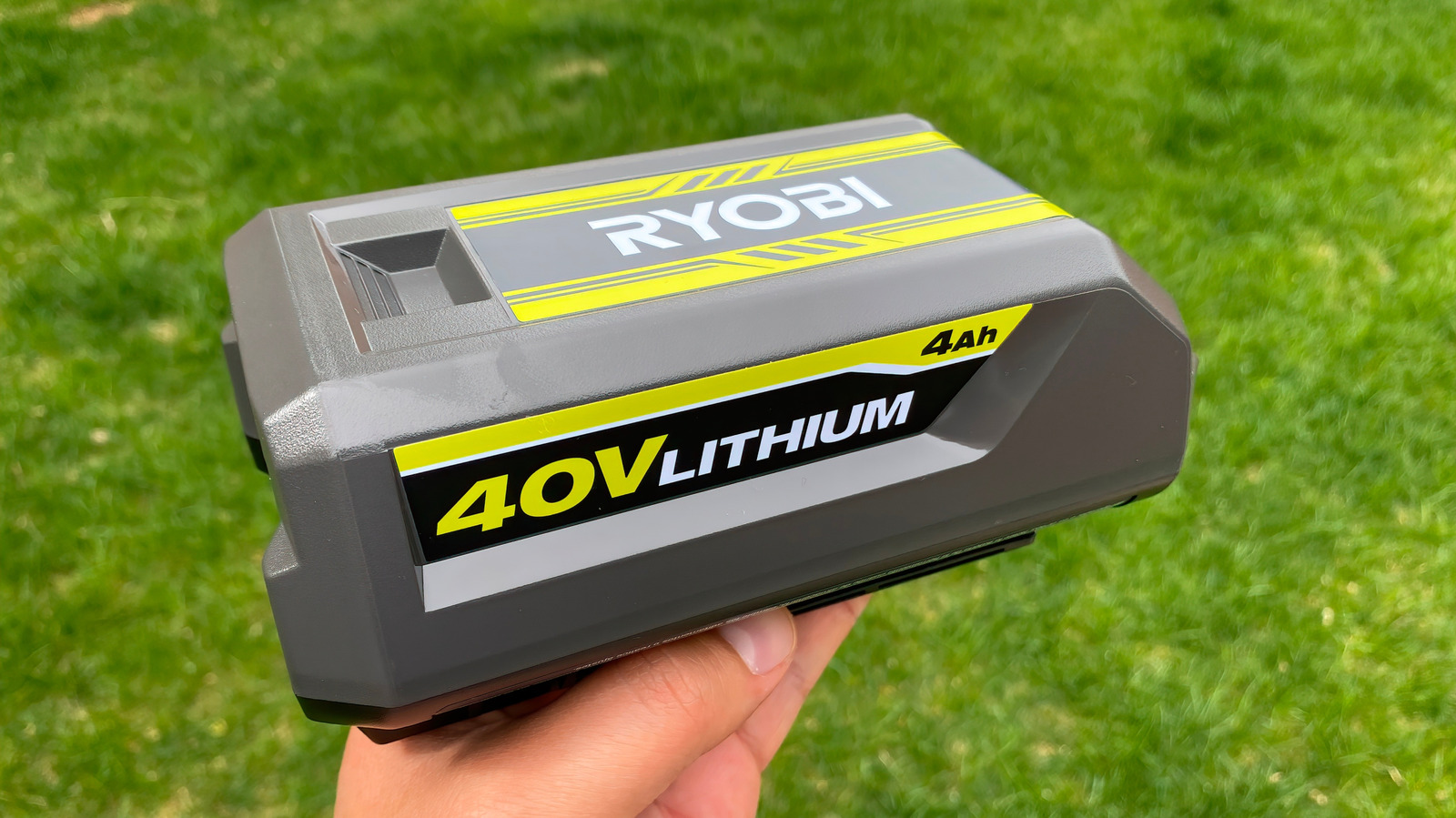
























































![Honor 400 series officially launching on May 22 as design is revealed [Video]](https://i0.wp.com/9to5google.com/wp-content/uploads/sites/4/2025/05/honor-400-series-announcement-1.png?resize=1200%2C628&quality=82&strip=all&ssl=1)














![Beats Studio Pro Wireless Headphones Now Just $169.95 - Save 51%! [Deal]](https://www.iclarified.com/images/news/97258/97258/97258-640.jpg)




















